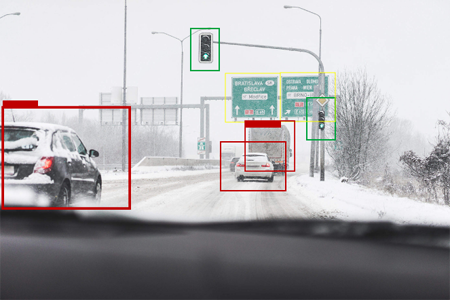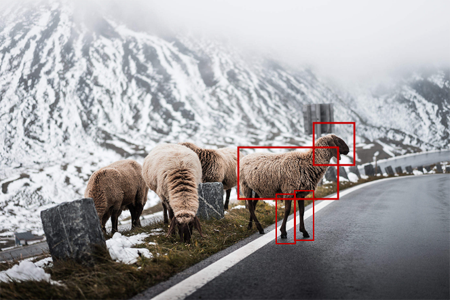Copyright 2020: International Association of Virtual Organizations, Inc. All rights reserved.


Artificial Intelligence and Machine Learning
Researchers increasingly use Artificial Intelligence (AI) and related learning technologies across science and engineering. There are admittedly many advantages to AI, and among others, it helps address questions that previously either could not be studied or were difficult to do so. While many problems can be addressed with AI, however, the adoption of these techniques and technologies has been slow due to the large learning curve associated with their use, their applicability for specific problems of interest, and the time-consuming challenge of creating the algorithm training inputs.
Imagery
We seek to help overcome these limitations and improve science and engineering via developing new tools that utilize AI, including the aligned aspects of Machine Learning (ML) and Deep Learning (DL). Examples include automatic image analysis, classification, segmentation, signal processing, change detection, and much more.
Techniques of applicable interest include variants of: ResNet (Residual Neural Network); Fast R-CNN (Fast Region-based Convolutional Network); YOLO (You Only Look Once).
In 2020-21, IAVO will stand-up a new subsidiary, Allied Catawba, Inc., for the dedicated purposes of developing AI/ML solutions for complex visualization problems.
Signal Processing
Many users have been exploring the application of AI to big data problems such as signal analysis and anomaly detection (AD). The rapid advances in computational power and algorithms now present options for model-based approaches. Fault Management (FM), a specific domain of signal analysis, is one example in which technologies have not been widely distributed, repurposed, or reused.
Leveraging the recent developments in deep learning (DL) algorithms and its ongoing research in energy systems, our subsidiary, MHI Energy Information Solutions (MHI), is developing Detekanom™, a one-class neural network (OC-NN) that combines the ability of neural networks to extract hidden features with the specific task of anomaly detection. Given similar data sets, including complex images and time series, the OC-NN demonstrates superior performance compared to other unsupervised frameworks. It is a deep learning method that uses convolutional neural networks (CNN) for the temporal component.


Use of AI and ML for real-time navigation support and accident avoidance
Use of AI and ML for real-time navigation support for wildlife avoidance in lower-light conditions
